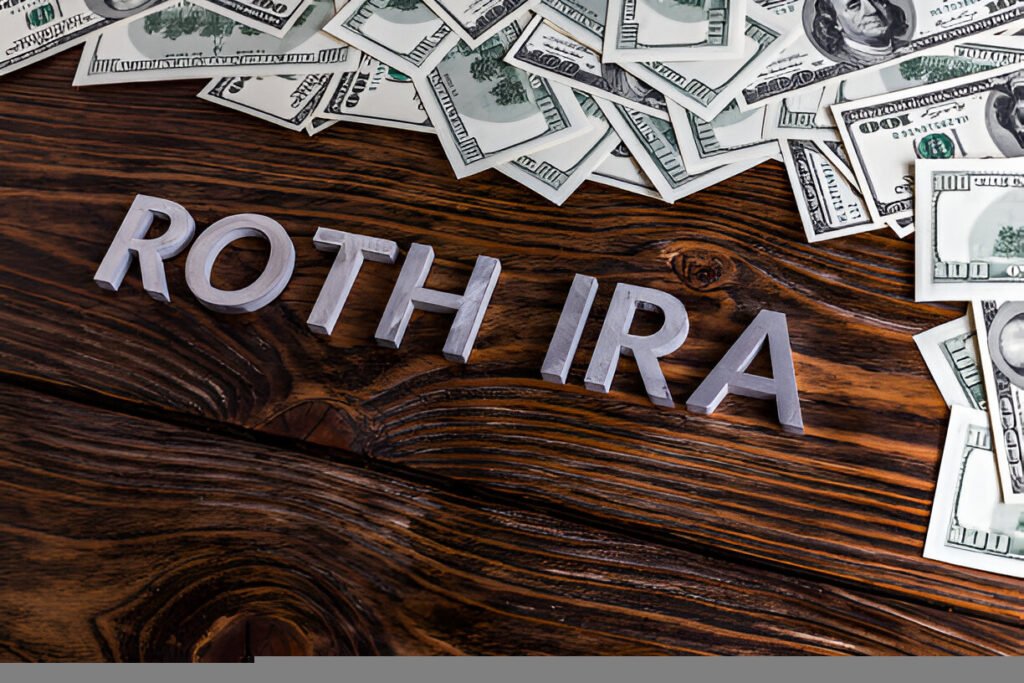As a finance expert, I often get asked about the best retirement savings options. One of the most powerful tools available is the Roth IRA, an after-tax retirement account that grows tax-free. Unlike traditional IRAs or 401(k)s, Roth IRAs offer unique tax advantages that can significantly boost long-term wealth. In this guide, I’ll break down how Roth IRAs work, why they’re beneficial, and how to maximize their growth potential.
Table of Contents
How a Roth IRA Works
A Roth IRA is funded with after-tax dollars, meaning you pay taxes on contributions now rather than later. The key benefit? All future withdrawals—including earnings—are tax-free if you follow the rules.
Key Features of a Roth IRA
- Tax-Free Growth: Investments compound without being taxed.
- No Required Minimum Distributions (RMDs): Unlike traditional IRAs, you aren’t forced to withdraw funds at a certain age.
- Flexible Withdrawals: Contributions (not earnings) can be withdrawn anytime without penalty.
The Math Behind Roth IRA Growth
The power of a Roth IRA lies in compounding returns. Let’s say I invest \$6,000 annually (the 2024 contribution limit) for 30 years with an average annual return of 7\%. The future value (FV) can be calculated using:
FV = P \times \frac{(1 + r)^n - 1}{r}Where:
- P = \$6,000 (annual contribution)
- r = 0.07 (7% return)
- n = 30 years
Plugging in the numbers:
FV = 6000 \times \frac{(1 + 0.07)^{30} - 1}{0.07} \approx \$567,000Since withdrawals are tax-free, every dollar is mine—no deductions for the IRS.
Roth IRA vs. Traditional IRA
| Feature | Roth IRA | Traditional IRA |
|---|---|---|
| Tax Treatment | After-tax contributions | Pre-tax contributions |
| Withdrawals | Tax-free after age 59½ | Taxed as ordinary income |
| RMDs | None | Required starting at age 73 |
| Early Withdrawal Penalty | Only on earnings (exceptions apply) | On earnings + contributions |
Who Should Use a Roth IRA?
Best For:
- Younger Investors: More time for tax-free compounding.
- Those Expecting Higher Future Taxes: If tax rates rise, Roth IRAs become more valuable.
- Flexibility Seekers: No RMDs mean more control over retirement funds.
Not Ideal For:
- High-Income Earners (Phase-Out Limits): In 2024, single filers earning over \$161,000 (or \$240,000 for couples) may be ineligible.
- Those Needing Immediate Tax Deductions: Traditional IRAs offer upfront tax breaks.
Advanced Roth IRA Strategies
1. The Backdoor Roth IRA
High earners can contribute to a traditional IRA (no income limits) and convert it to a Roth IRA. The pro-rata rule applies, but with proper planning, this loophole remains effective.
2. Mega Backdoor Roth (via 401(k))
If my employer allows after-tax 401(k) contributions beyond the standard limit (\$23,000 in 2024), I can convert those funds into a Roth IRA, potentially adding up to \$69,000 annually.
3. Roth IRA for Estate Planning
Since heirs inherit Roth IRAs tax-free, they’re excellent for generational wealth transfer.
Real-World Example
Suppose I’m 25 and invest \$300 monthly in a Roth IRA until age 65, averaging 8\% annual returns. The future value is:
FV = 300 \times \frac{(1 + 0.00667)^{480} - 1}{0.00667} \approx \$1.12 \text{ million}All of it is tax-free, whereas a taxable account could lose 15-20\% to capital gains taxes.
Common Roth IRA Mistakes to Avoid
- Missing Contribution Deadlines: Contributions for 2024 can be made until April 15, 2025.
- Exceeding Income Limits: Check IRS phase-out ranges annually.
- Early Withdrawals of Earnings: Penalties apply unless for qualified expenses (e.g., first home purchase).
Final Thoughts
The Roth IRA’s tax-free growth makes it one of the best retirement tools available. While it requires paying taxes upfront, the long-term benefits—especially for younger investors—are unmatched. If I qualify, maxing out my Roth IRA each year is a no-brainer.




